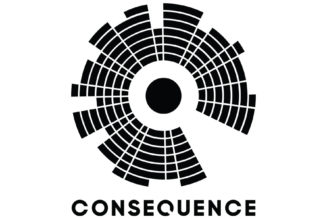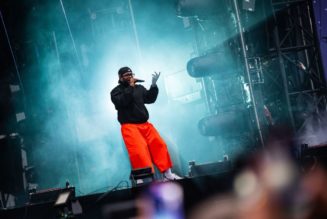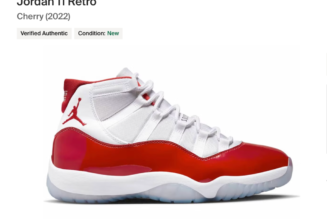Way back in 2015, Congress passed the Low Volume Motor Vehicle Manufacturers Act (LVMVMA). It required the National Highway Transportation Safety Administration (NHTSA) to come up with guidelines to allow certain small vehicle manufacturers (those that sell less than 5,000 vehicles globally per year) a path toward producing turn-key replicas, instead of kit cars, in a limited number and with a variety of restrictions. And then … nothing happened. Until now.
The NHTSA has finally gotten its act together after prodding (and lawsuits) from SEMA and others, and we finally have a look at the LVMVMA’s final rules (PDF document). Here’s the gist: these companies can build up to 325 replica cars annually for sale in the U.S., and they don’t have to be kit cars. More importantly, companies don’t have to adhere to modern safety regulations. And while the cars are required to resemble vehicles 25 years old or older, they are not required to be exacting replicas.
There are a few catches, the most vexing of which is that the powertrains must be California Air Resources Board (CARB) compliant—this bill exempts vehicles from safety, not emissions, standards. We spoke to Stanley Young, Communications Director at CARB, about what powertrains manufacturers could use in these newly-constructed replicas. The answer is none, for the moment. GM’s E-Rod line of V-8 engines, which come with a full suite of emissions control equipment, are the sort of thing that manufacturers could use, but unfortunately they are only CARB-certified for use in pre-1995 vehicles as a replacement engine. They can’t be used in newly-manufactured vehicles until GM re-certifies them, if it decides to.
That said, CARB is expecting manufacturers to submit applications to certify engines for new vehicles, so there will likely be some CARB-certified options in the future. These small-volume emissions certifications, Young noted, are slightly less rigorous than those applied to regular cars.
And, Young added, “a modern day engine with all its emission controls that was certified by an OEM in a new OEM car in the same model year as the small volume car is built” would also meet the regulations. “Manufacturers who wish to supply engines to the replica car builders will have to be certified just like other light duty manufacturers.” He also pointed out that any fully-electric powertrain would be compliant, of course, since there would be no tailpipe emissions at all.
It may sound dire until more powertrain options gain CARB approval, but the NHTSA’s interpretation of the law has also has a silver lining, giving manufacturers a little more flexibility in what they can build. A replica’s dimensions don’t need to exactly match the original’s, although the NHTSA’s comments make it clear it will not allow carmakers to make an end-run around the law and try to sell vehicles that are merely vintage-inspired. Nor will companies have to prove to the NHTSA that they hold the intellectual property rights for the design.
There are a few low-volume makers that will benefit immediately. DeLorean Motor Company has been pushing for the law from the beginning, hoping to put newly-manufactured cars on the road. As the company said in a statement, the long delay from the law passing to the NHTSA finally promulgating rules has created some difficulty. Any automaker, such as DeLorean, that was lining up suppliers hoping to take advantage of the law back in 2015 has been adversely affected by the delay, with some suppliers having gone under in the meantime.
What’s this all mean for you? It means you might soon be able to get a modern version of your favorite classic car without having to spend hundreds of hours in the garage bolting it all together, and it gives replica and homage manufacturers another way to get their products into the hands of more people. Seems like a win-win for everybody.










